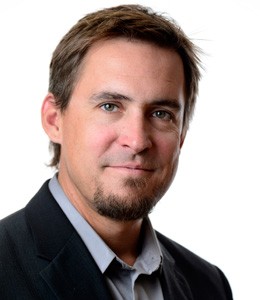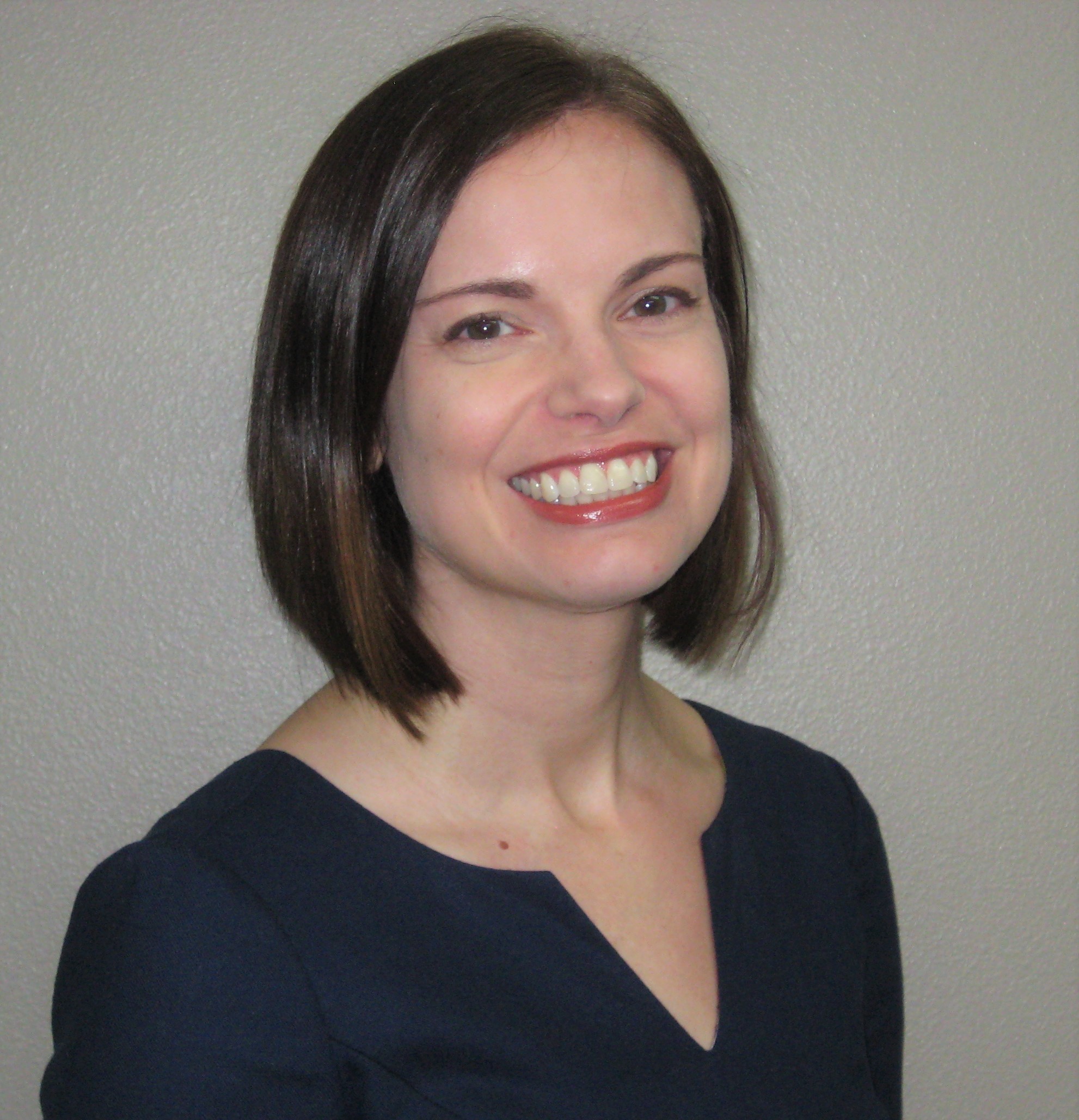As part of our ongoing blog series aimed at increasing state research on career and technical education (CTE), Austin Estes, Senior Policy Associate at Advance CTE, and Corinne Alfeld, Research Analyst at the Institute of Education Sciences (IES), are conducting interviews with individuals who are part of successful CTE State Director research partnerships. The second interview was with Laura Scheibe of the South Dakota Department of Education and Marc Brodersen of REL Central at Marzano Research. [Note: this interview has been edited for length; you can find the full interview transcript here].
Could you both talk about the project(s) that you have worked on and your research questions? How did the relationship start, and who approached whom?
Marc –Whe n we were doing needs sensing with the states in our region, particularly with South Dakota, CTE emerged as a pretty high priority area. We needed to determine what the research questions were, what questions we could actually address, and what data were available that could be used in those research projects. So, this work started off as a technical assistance project where we were working with South Dakota pretty closely and getting all of the relevant players around a table and going through and mapping their data. And it was quite a long process.
n we were doing needs sensing with the states in our region, particularly with South Dakota, CTE emerged as a pretty high priority area. We needed to determine what the research questions were, what questions we could actually address, and what data were available that could be used in those research projects. So, this work started off as a technical assistance project where we were working with South Dakota pretty closely and getting all of the relevant players around a table and going through and mapping their data. And it was quite a long process.
Laura–There’s huge support in South Dakota behind CTE, but there wasn’t state-level evidence behind why CTE is such a good thing for students. So, the value that Marzano provided to the project in helping us walk through “this is the data that can help you, this is the process that we are going to go through to help you get to the answer” has been incredibly helpful and not something that we, as a pretty small department of education, could ever have undertaken on our own.
Can you talk about what research questions you ultimately came to and where you are in the process of answering those?
Marc –We have three main questions: 1) What is the impact of being a CTE concentrator on high school graduation, two- and five-year postsecondary enrollment, and completion status? 2) What is the impact of being a CTE concentrator on two-year and five-year employment and quarterly wage status? 3) How do the two-year and five-year outcomes vary by the various CTE Career Clusters®?
Connecting education to workforce data is really difficult, and we’re talking about collecting data over a five to 10 year span for an individual student. Many state data systems don’t go back that far, or data systems have changed, so it’s difficult trying to identify one data system that has 10 or more years of data for an individual student. We’re making it work, but it takes some time and some finagling. We haven’t even begun to analyze the data so, unfortunately, we can’t talk about any preliminary findings.
What were some of the early roadblocks in building this relationship and starting to examine and compile some of the data?

Laura– One of the roadblocks was just getting everyone around the table and bought into the idea. We’re a fairly small state, so it wasn’t hard to reach out to my counterparts at the other agencies who would need to be involved, but this project was, and continues to be, something that is on top of the day to day work that we do. It’s not driven by any specific policy initiative but rather by everybody around the table acknowledging and recognizing that “yeah, this would be really useful for us.” But, in that sense, it’s hard to get everyone’s commitments to the time it has taken and takes to pull this off and making sure that we’ve got the right people around the room as well. We’ve involved not just the Board of Regents but the technical college system and the people with the workforce data.
Marc – Having somebody at the policy level, the data level and the leadership level in the room at the same time is almost essential, particularly when you’re at the brainstorming phase. You can have the leadership that’s going to say “yes, this is important, and I want you to devote time to this,” and then the data person is saying “well, that data just doesn’t exist,” and the policy person may not know about that piece. And having all three of those perspectives at the same time can save a lot of time and effort.
How do you plan to use this research project to further policy in South Dakota?
Laura– First and foremost, this particular project is demonstrating the value that CTE has to the secondary students. This project pre-dated Perkins V [the Strengthening Career and Technical Education for the 21st Century Act], but as we’re moving into implementation of Perkins V full force in the coming calendar year, with the new requirements that Perkins places on states -- and therefore on schools -- to be an approved program, we’re seeing school districts question if it’s really worth it. This project is really coming in at a good time where we will hopefully have some data where we can say, “yes, CTE is worth it.” Being able to message that is hugely valuable from the perspective of a CTE Director in a state where almost every single public school district runs an approved program. Now that we’ve got Perkins V and the [comprehensive local] needs assessment, it will be just one more bit of evidence for schools to be able to examine whether they’re providing the best opportunities for our kids.
What advice would you give to other researcher/ State Director partners for conducting CTE research or establishing similar partnerships?
Marc – From my perspective, as far as establishing a partnership, I think face-to-face interactions are invaluable. It takes a while to trust each other or establish a positive working relationship.
Laura– My advice to State Directors would be to really plan for it and make it a priority. And don’t make it something that isn’t part of the day-to-day because then I think the thread can get lost. I would also say getting that higher-level buy-in is really important. It’s important to make sure that you’ve got that policy-level partner to keep things moving along. The benefits will be there in the end, it just has to be woven into the day-to-day of what you’re doing in order to make it all come together.
Going through this process has helped me form partnerships with my colleagues in other agencies even more strongly than I had before. Just the exercise of having gone through all of that and understanding their work and their data and everything they do, having them understand my role and my constraints better, has just made us a more effective CTE/ workforce team in our state. As we move forward with Perkins V and WIOA [Workforce Innovation and Opportunity Act] state plans and all of this other stuff coming, it just benefits us and enables us to work more effectively and work faster now that we have those strong relationships. They were there before, but they’re definitely stronger now as a result of this project.
Marc –One of the things I thought was really neat was getting all these folks together and thinking deeply about data. It might not be the most exciting topic for a lot of folks, but going through the process gave everyone a better understanding of what they can do and how they might be able to work with others. And I think in the day-to-day, not everyone spends that much time thinking at the data and variable level. But doing that will increase everyone’s capacity to be able to do this kind of work moving forward.
One other thing to add just as a side note. Throughout this process, we also collaborated with Nancy Copa at the Common Education Data Standards (CEDS) when we were doing the data mapping piece. We did not officially map the South Dakota data to that, but we used the CEDS as kind of a template to provide us with a common dictionary to have these conversations across departments. And that was really useful. In fact, all of us – the different departments in South Dakota and the CEDS folks –co-presented at the last STATS-DC conference, which I thought was a very positive experience.
The full transcript of this interview can be accessed on Advance CTE’s website. Other blog posts in this series can be viewed here.